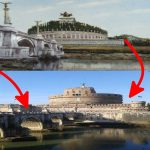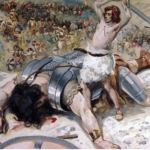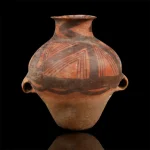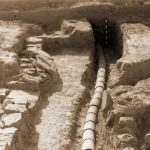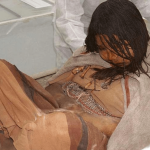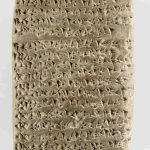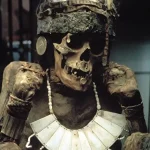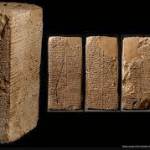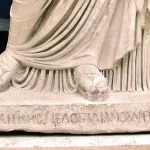Franck Goddio’s Discovery of Heracleion Off the Egyptian Coast: Revealing the Lost City

In the realm of underwater archaeology, few discoveries rival the sheer magnitude and significance of the ancient city of Heracleion—a once-great metropolis that vanished from the earth without a trace, only to be resurrected from the depths of the sea by the pioneering efforts of French underwater archaeologist Franck Goddio. Situated off the Egyptian coast, this submerged city, also known as Thonis, has captivated the imaginations of historians and explorers for centuries, its existence shrouded in myth and legend until its stunning rediscovery in the year 2000.
The tale of Heracleion is one of mystery and intrigue, a narrative that spans millennia and traverses the realms of history and mythology. According to ancient texts and lore, Heracleion was a thriving hub of trade and culture, its bustling harbors and majestic temples drawing visitors from far and wide. Yet, despite its prominence in the ancient world, the city’s fate took a tragic turn, as it succumbed to the forces of nature and vanished beneath the waves, leaving behind naught but whispers of its former glory
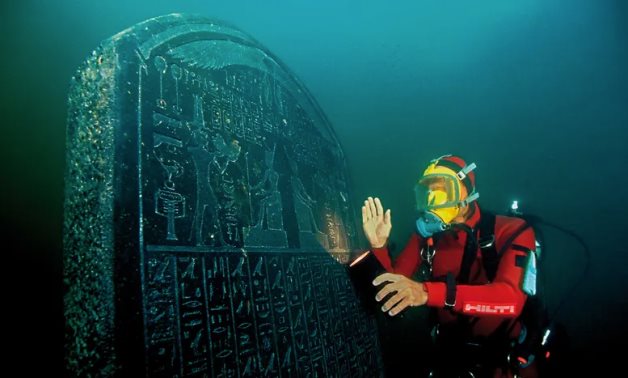
For centuries, the story of Heracleion remained shrouded in mystery, its existence relegated to the realm of myth and legend. It was not until the turn of the 21st century that the truth of its existence would be brought to light, thanks to the groundbreaking discoveries of Franck Goddio and his team of underwater archaeologists. Employing state-of-the-art technology and cutting-edge techniques, Goddio and his colleagues embarked on a daring expedition to explore the depths of the Mediterranean, in search of the fabled city that had captured the imaginations of scholars and adventurers for centuries.
The discovery of Heracleion in the year 2000 was nothing short of a revelation, as Goddio and his team uncovered a treasure trove of artifacts and ruins that shed new light on the city’s storied past. From intricately carved statues to ornate temples and grandiose palaces, the underwater city revealed itself to be a veritable time capsule, offering a glimpse into the daily lives and rituals of its ancient inhabitants.
Among the most intriguing finds were artifacts that corroborated the city’s mythical origins, including references to Helen of Troy and Paris, whose legendary sojourn in Heracleion before the Trojan War had long been the subject of speculation and conjecture. As Goddio and his team pieced together the puzzle of Heracleion’s history, they uncovered evidence of cataclysmic events that had befallen the city, including earthquakes and floods that had led to its sudden demise and subsequent submersion beneath the sea.
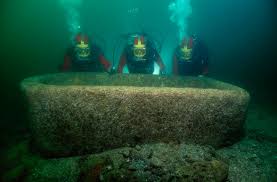
Today, the discovery of Heracleion stands as a testament to the enduring power of exploration and discovery, as well as the resilience of the human spirit in the face of adversity. It serves as a reminder of the fragility of civilization and the impermanence of human achievement, while also offering tantalizing glimpses into the mysteries of the past and the untold stories of those who came before us.
As researchers continue to unravel the secrets of Heracleion and piece together the fragments of its lost history, the ancient city remains a symbol of wonder and curiosity, inviting us to delve deeper into the depths of the sea and unlock the mysteries of our shared human heritage. In its submerged ruins and sunken treasures, we find echoes of a bygone era and a reminder of the enduring legacy of civilizations long gone but never forgotten.
